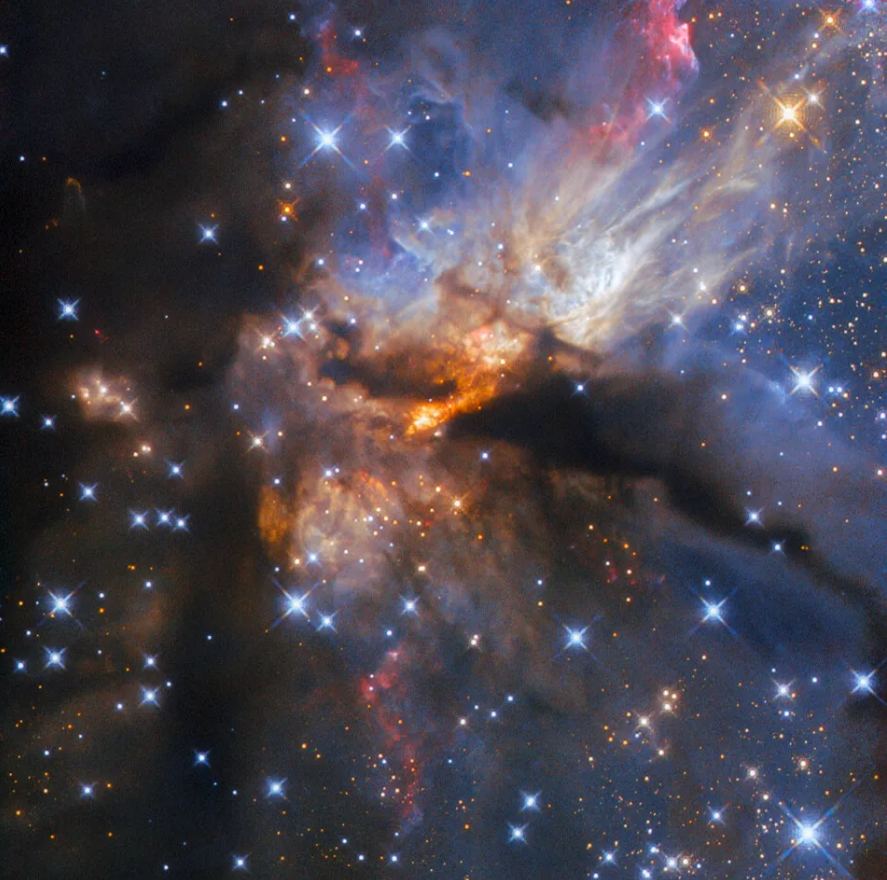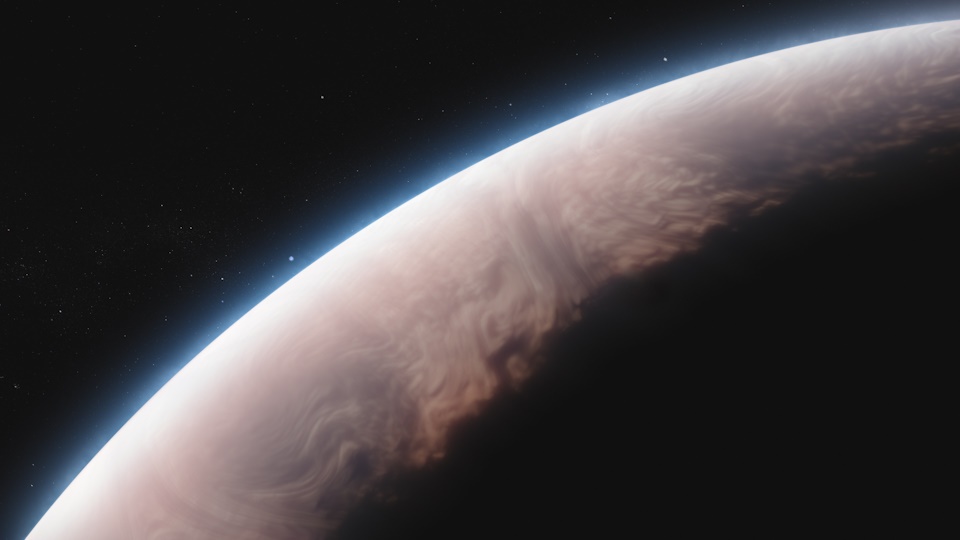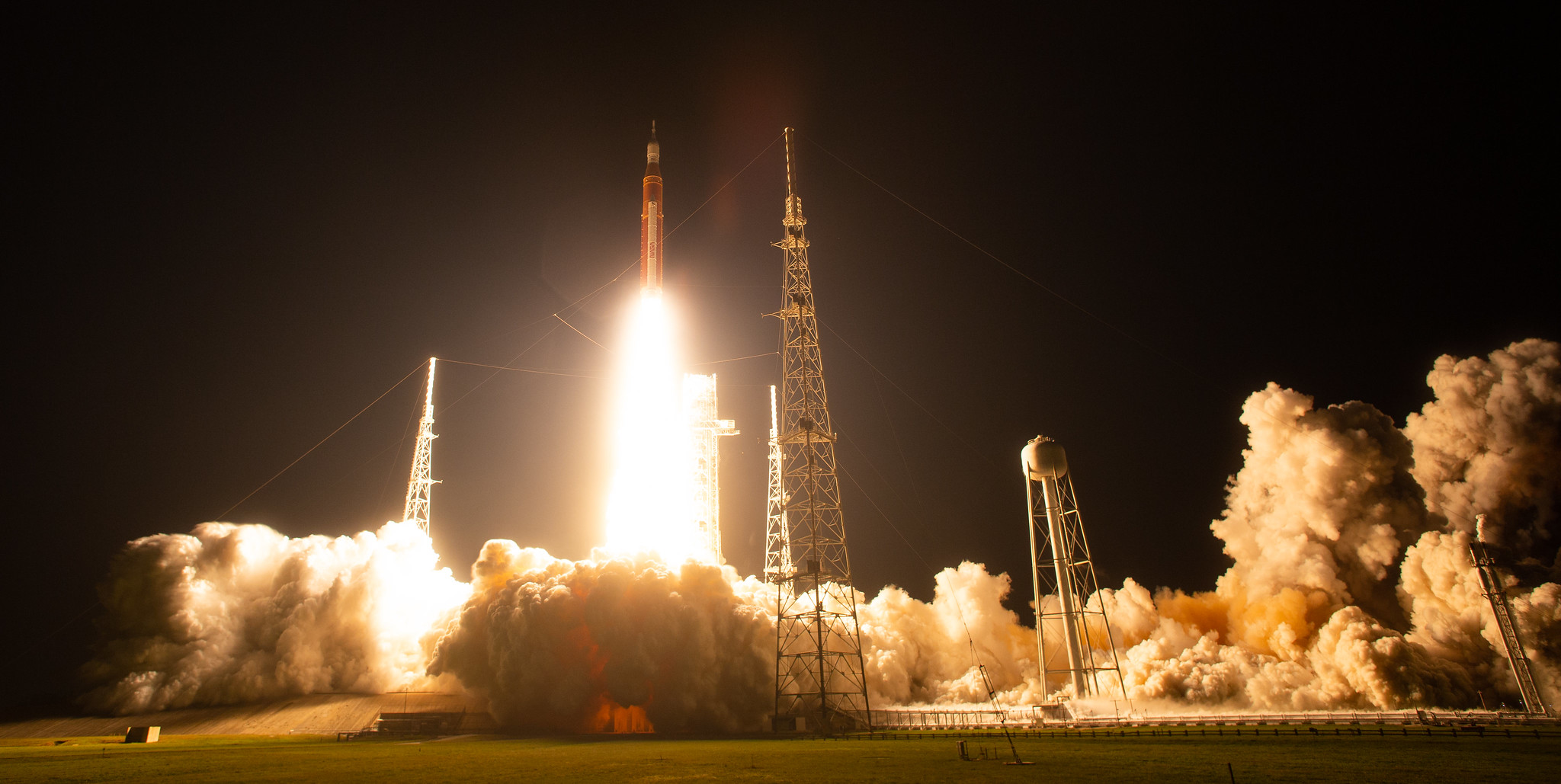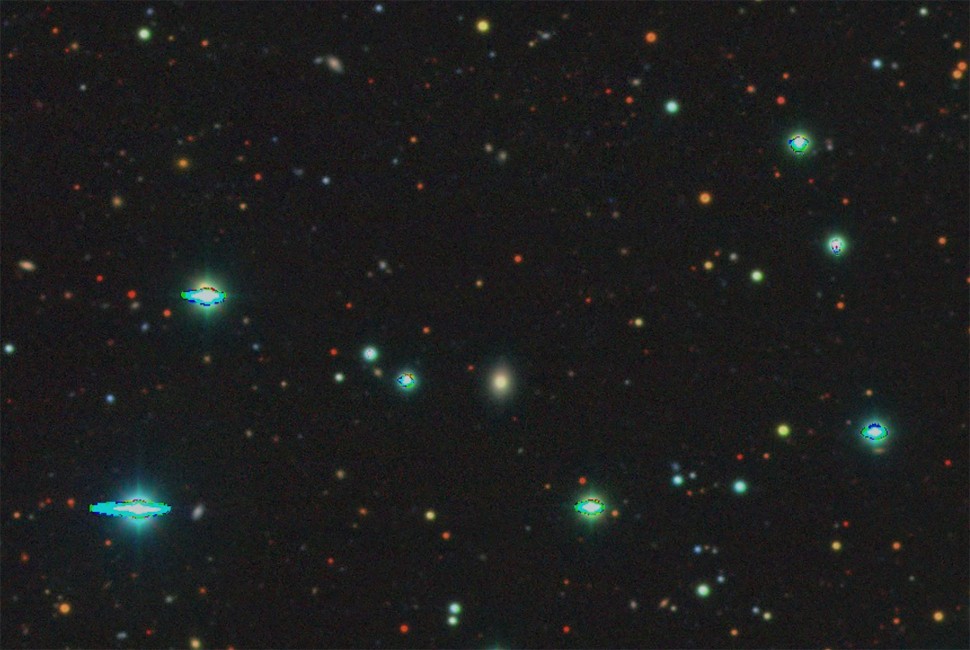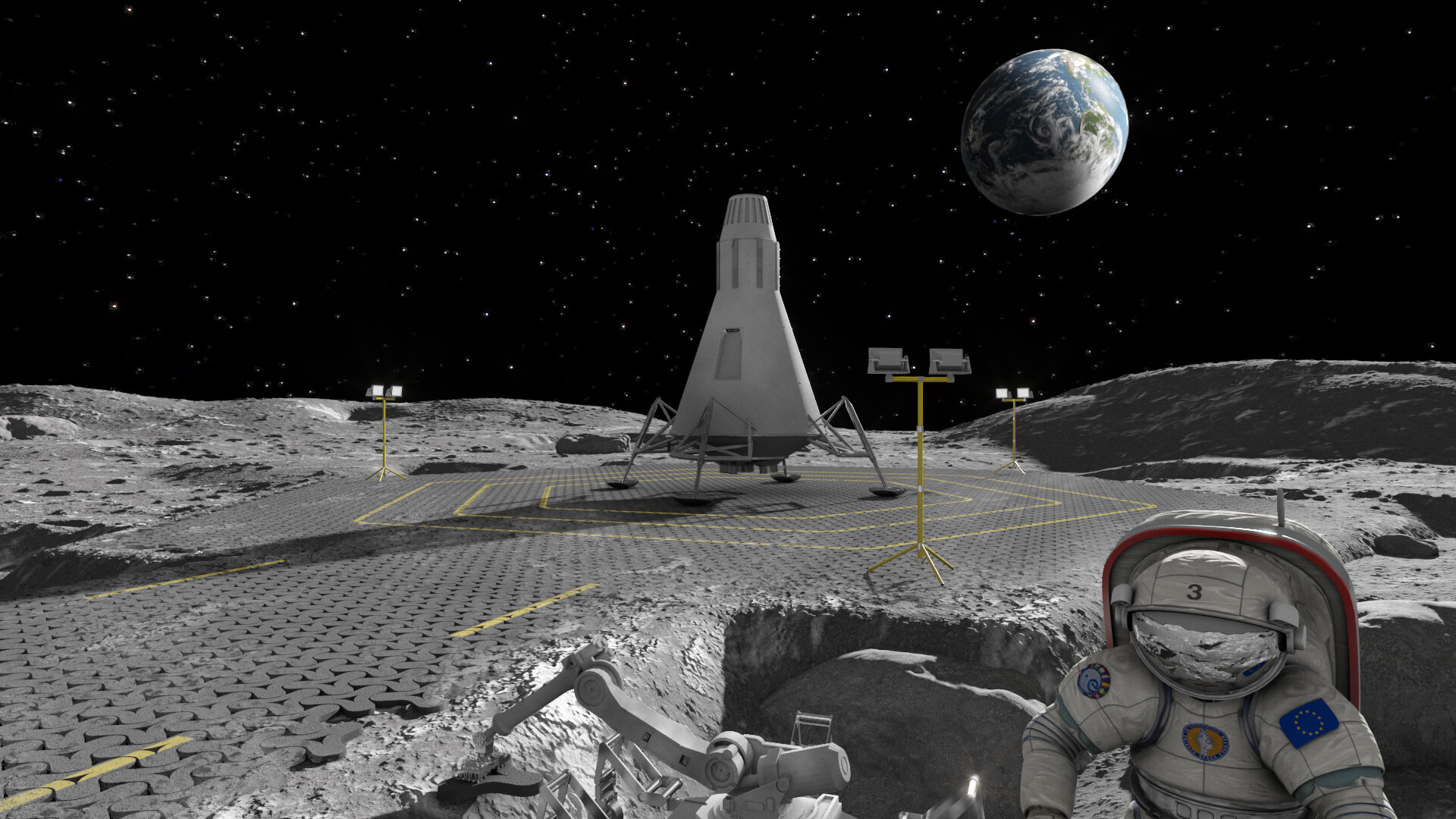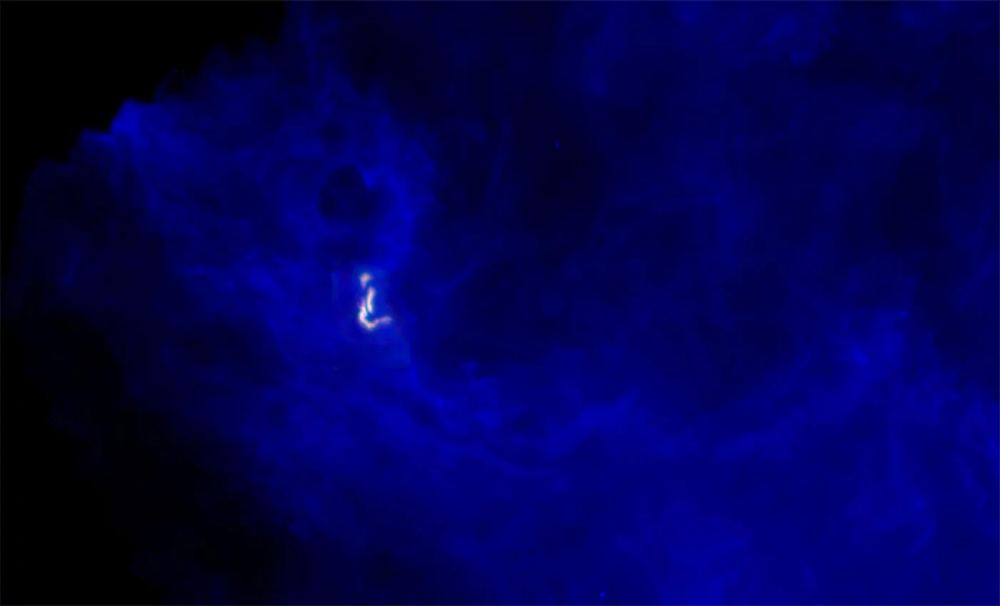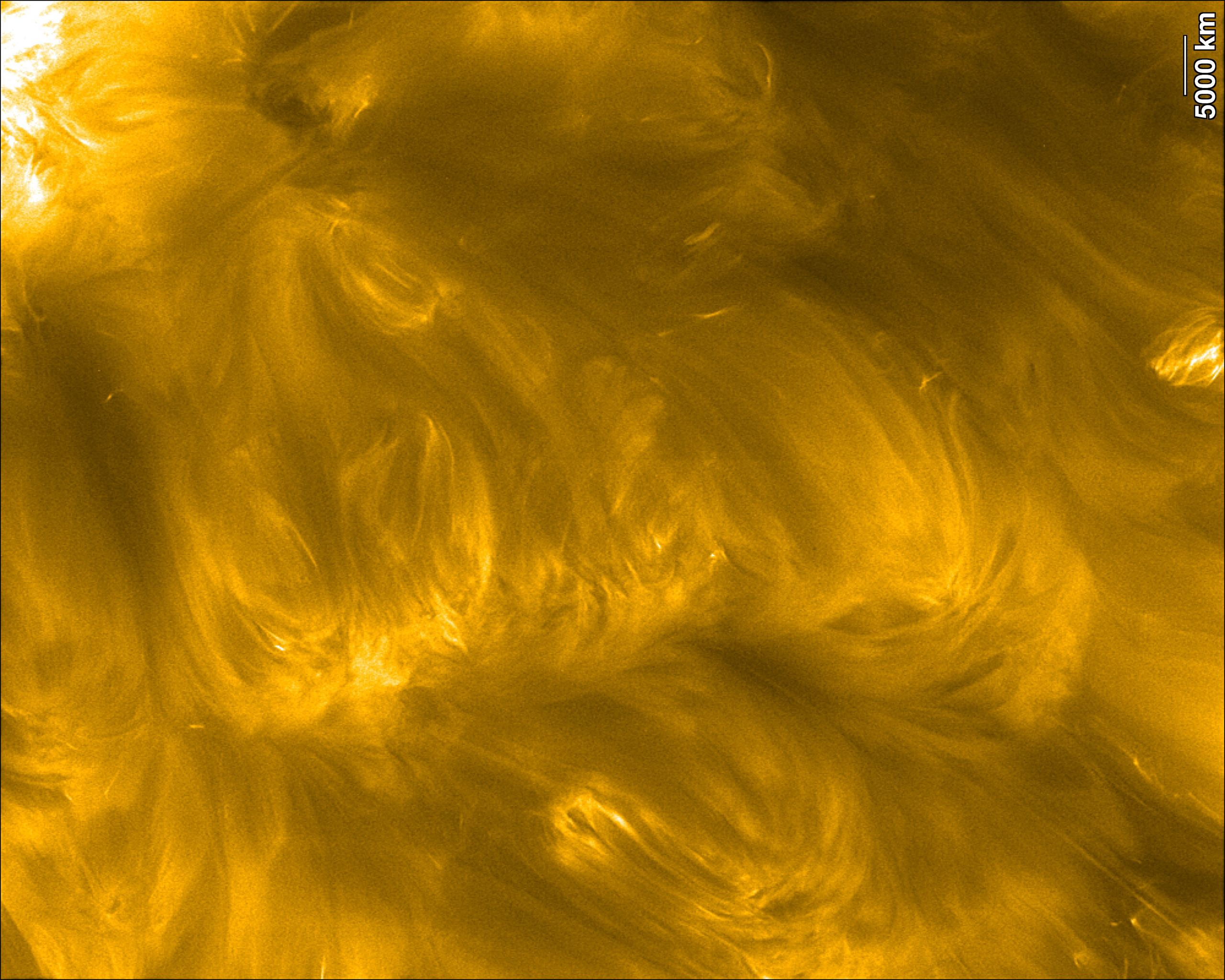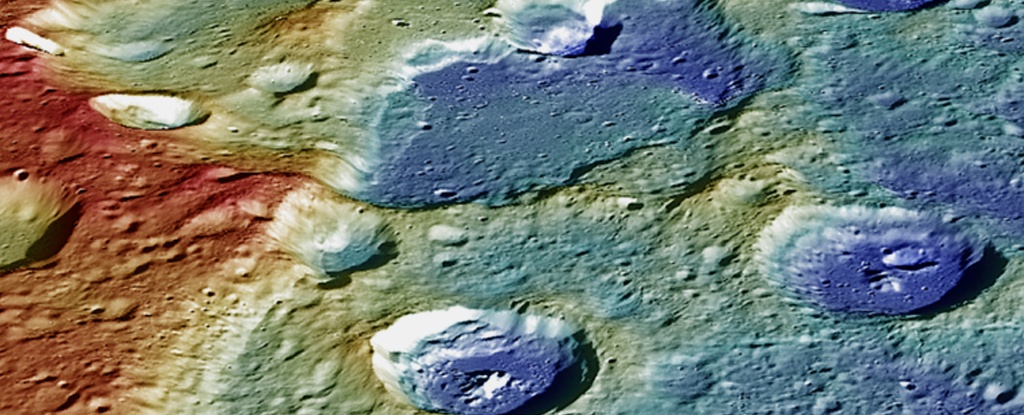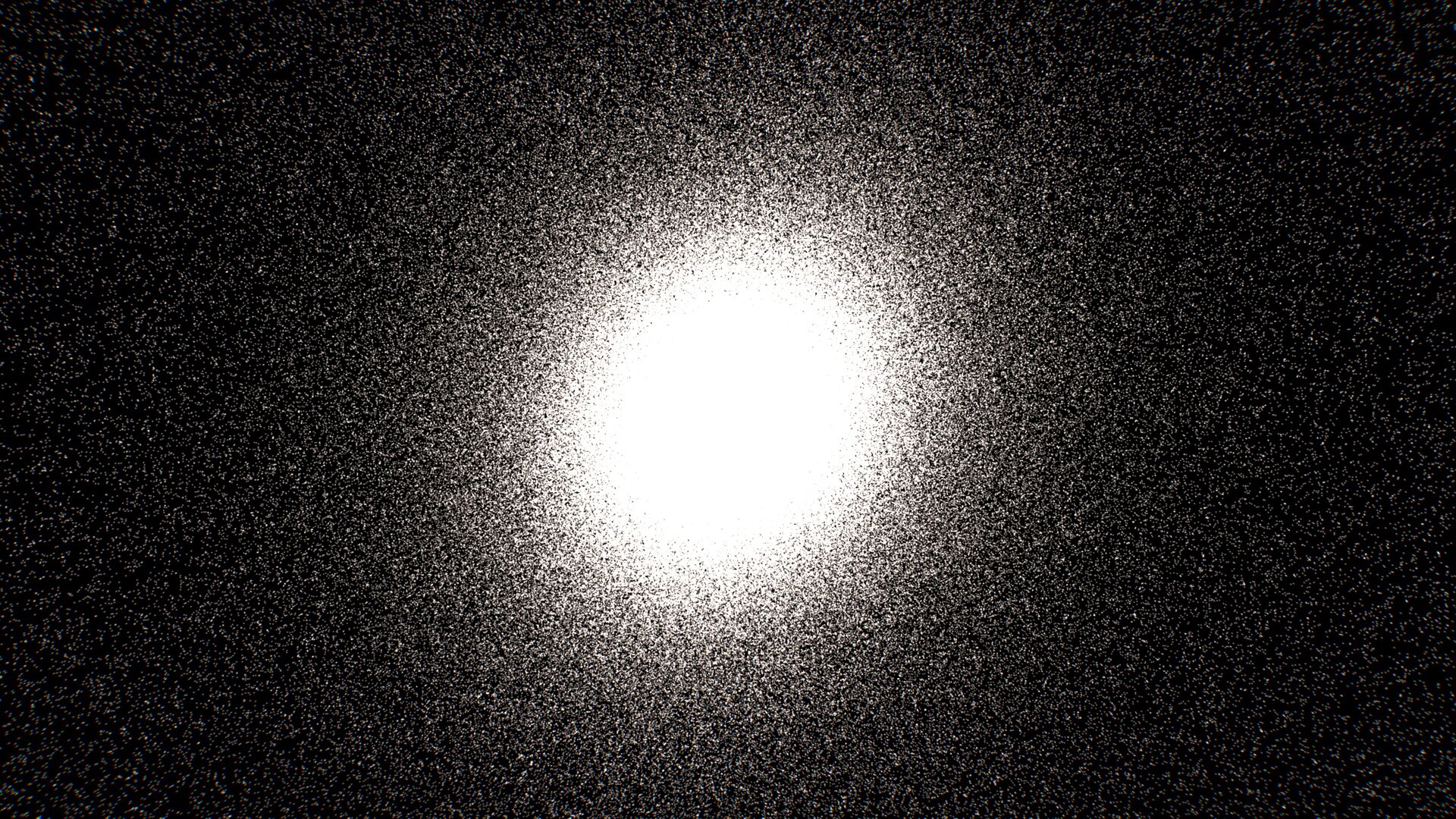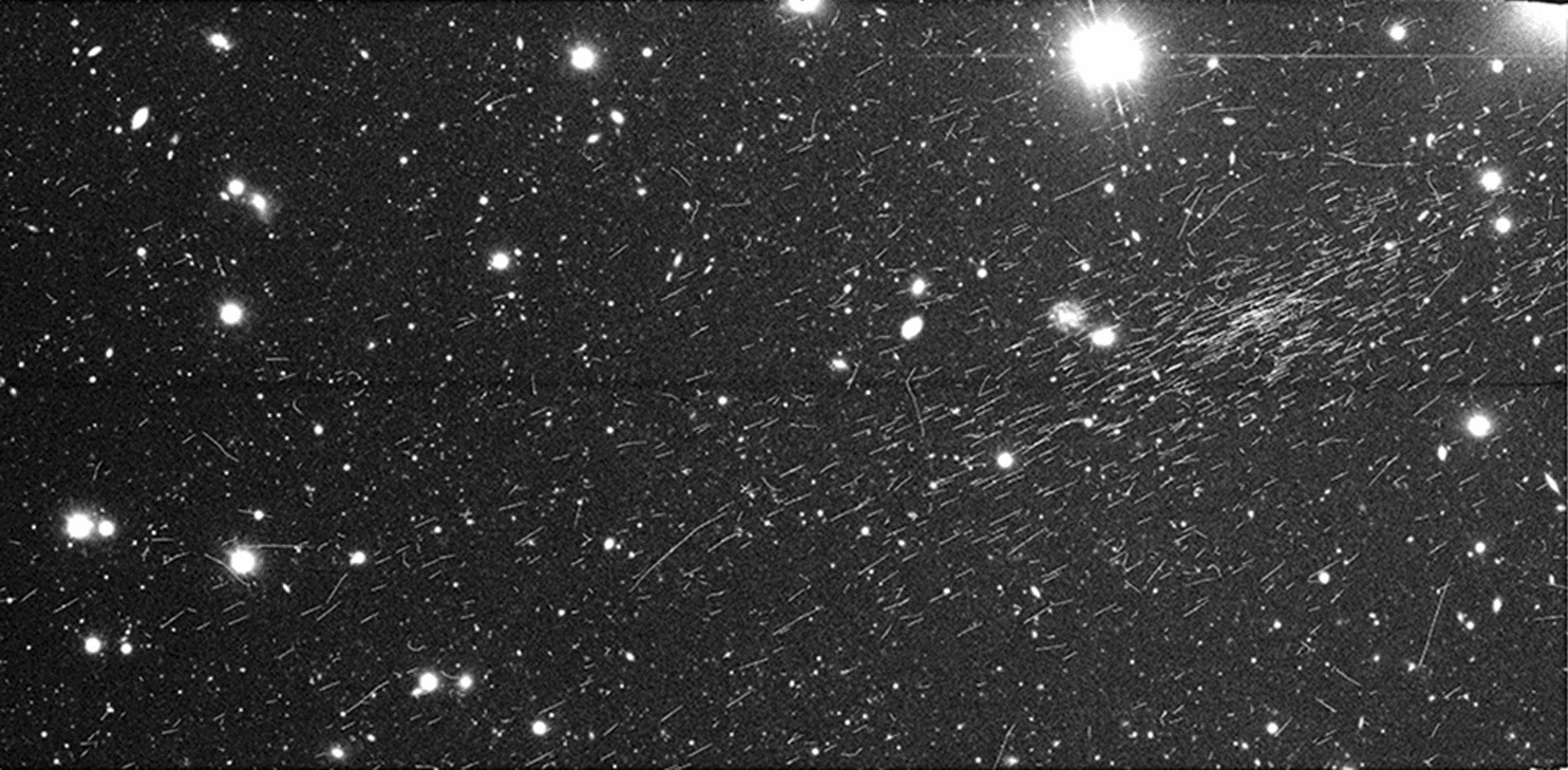
New research from Japan has shown how cosmic ray air showers could be studied to learn more about the nature of these energetic particles.
Continue reading
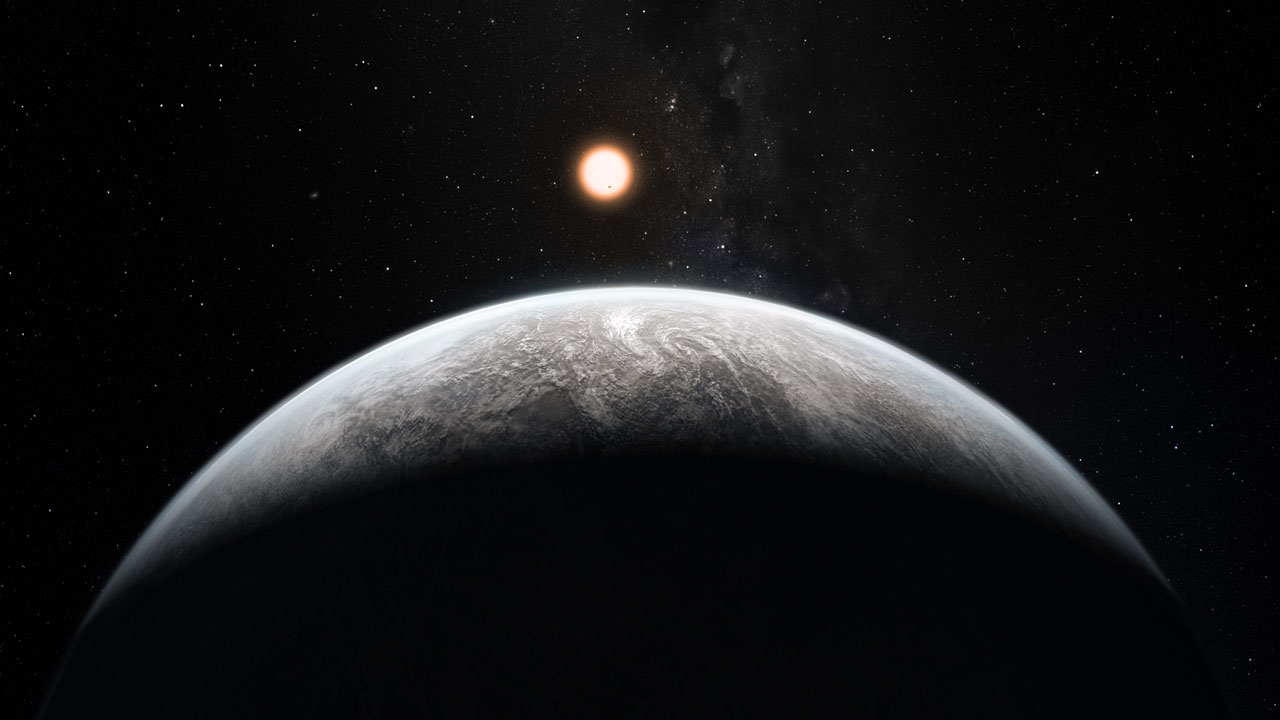
In a recent study, a pair of researchers from the Carl Sagan Institute developed a model for finding exoplanets similar to Earth - when the dinosaurs still roamed!
Continue reading
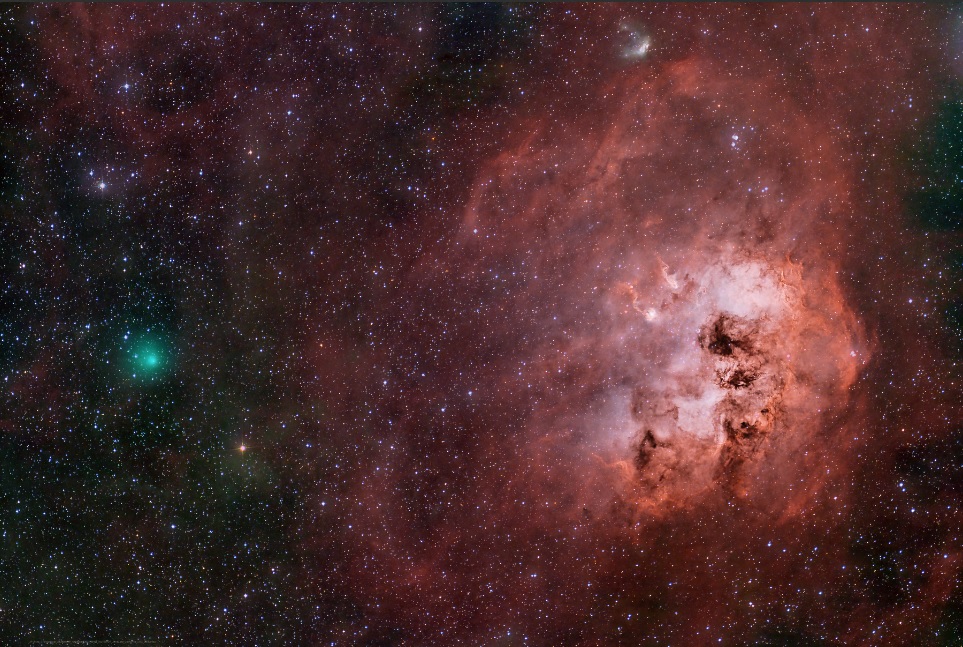
Will Comet 2/P Encke 'trick' or 'treat' observers this year?
Continue reading
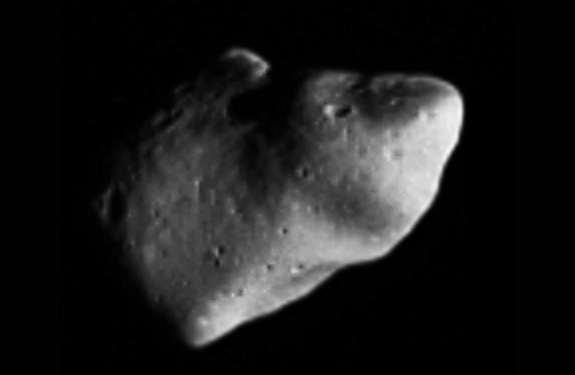
Uranium is the heaviest element found in large amounts on Earth, with an atomic number of 92. Although heavier elements were formed in supernovae and particle accelerators, they decay into lighter elements. Physicists have long hoped for an island of stability where heavier elements could be stable, but they've failed to find them on Earth, where they would sink to the core. A physicist team thinks these heavier elements could be found in dense asteroids.
Continue reading

Because of our dependence on technology, a powerful solar storm would be a catastrophe, shutting down the electrical grid and deactivating satellites. Researchers studying tree rings have found what they think is the most powerful solar storm ever to hit our planet - 14,300 years ago. So far, scientists have found nine extreme solar storms, called Miyake Events, in the last 15,000 years, but this newly identified one is twice as powerful as anything found.
Continue reading
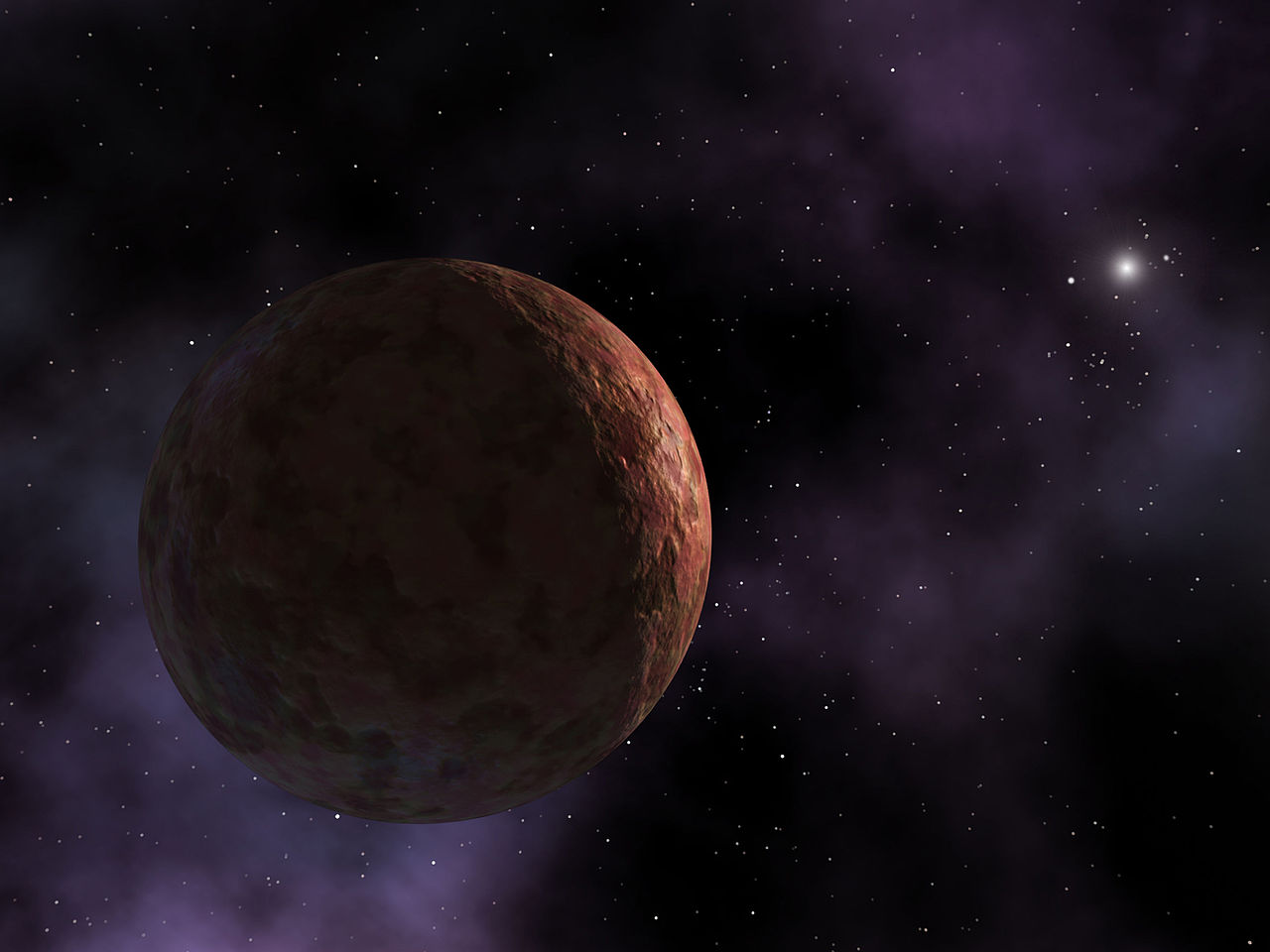
Using data acquired by the JWST, an international team of planetary scientists have revealed new insights about some of the most distant bodies in our Solar System.
Continue reading
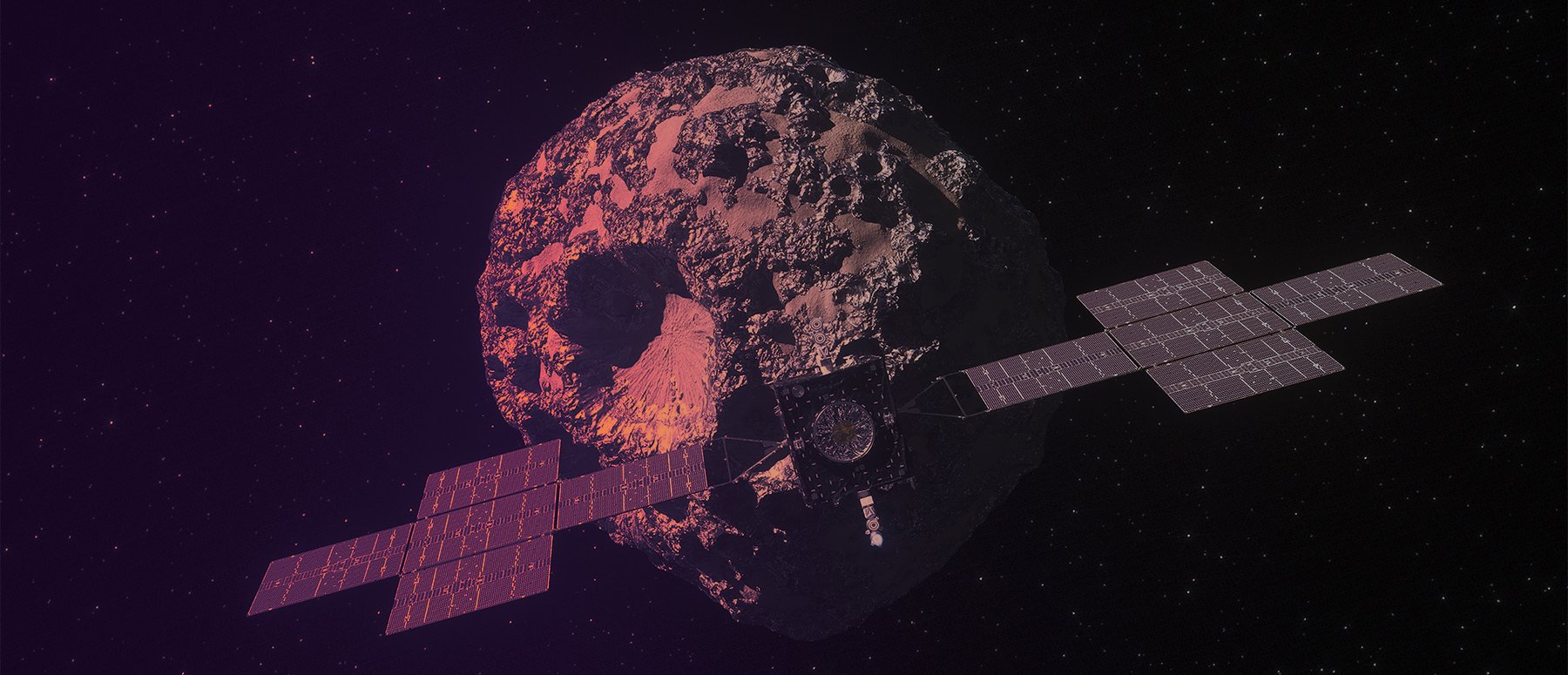
NASA's Psyche mission just launched on a six year journey to explore a metal world in the Asteroid Belt.
Continue reading
